Rookie Garden Mistakes
So.
We came home from Hawaii to a garden that, upon first sight, seemed lush, verdant, and… good enough to eat.
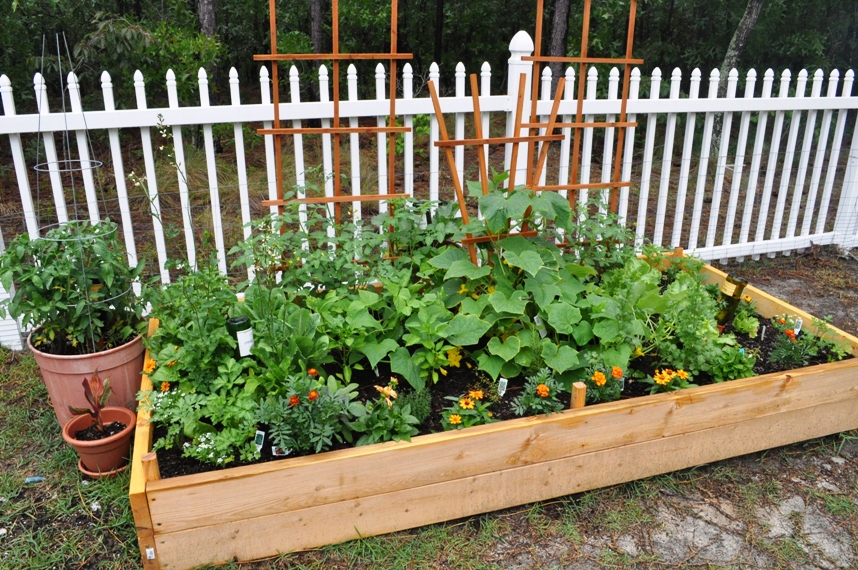
But things aren’t always as good as they appear. See what looks like pretty white flowers coming out of the top of this arugula? Yeah… well apparently that’s called “bolting.” It means we waited too long to harvest, and now are arugula is bitter. Trust me, I tried it.
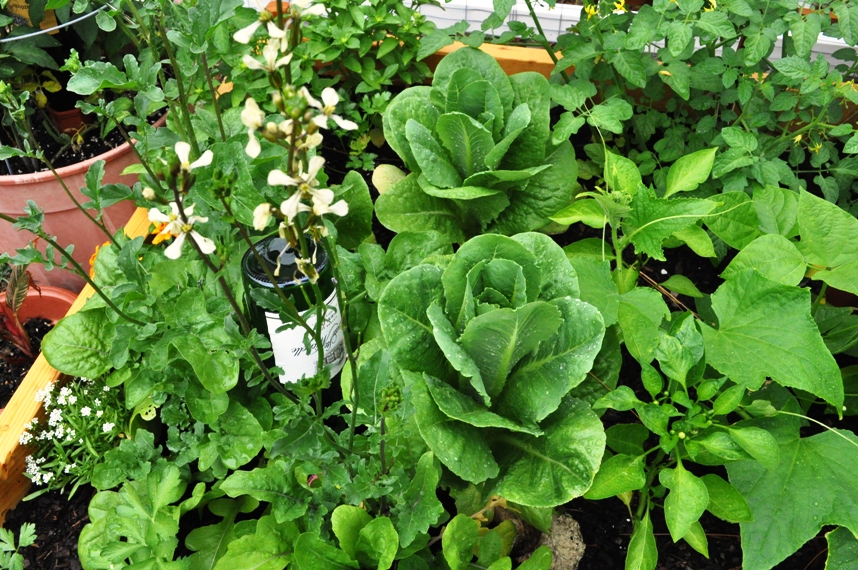
And these giant cucumber leaves? Well that’s all fine and dandy, until they crush the red bell peppers and other plants nearby. (At least I thought that’s what was killing my red peppers, but now I have another, much more disgusting theory.)
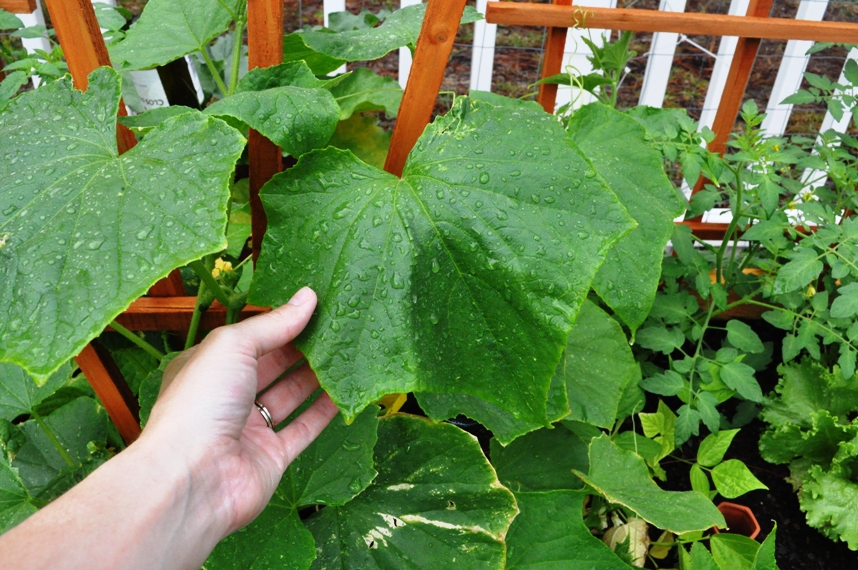
When I went to transplant one of the pepper plants to see if it would grow better in another part of the garden (away from the giant, all-consuming cucumber), I was met with a very unpleasant surprise.
Termites. (At least I think they’re termites.) In my soil. Ick.
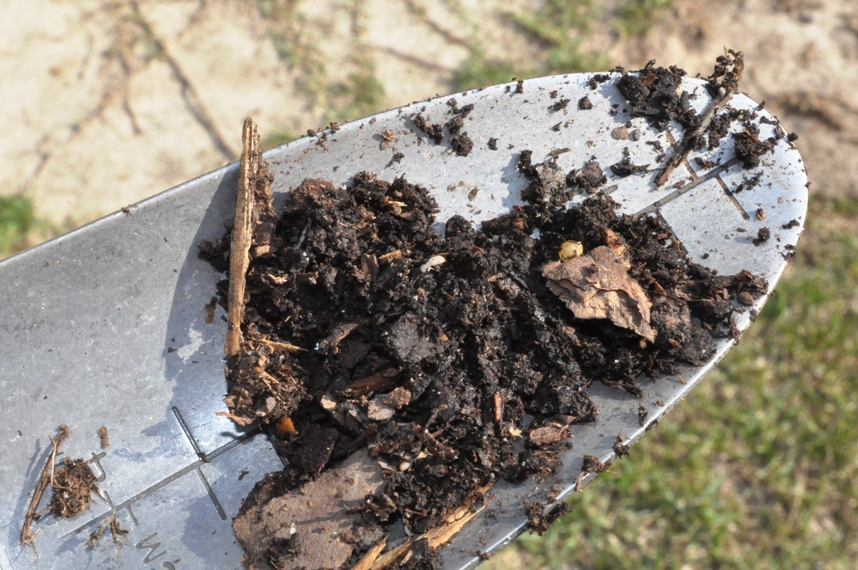
See, despite all of the exhaustive research I did on building raised garden beds, I never came across the issue of termites. Turns out they can be a HUGE problem here in the southeast, especially when you’re mixing moist soil with wood.
ARGGHHHHHH!
I can’t find much useful information as to whether these could potentially harm the rest of my plants. I thought termites only ate wood, but tell that to my red bell peppers.
Crap. Frickin’. Tastic.
Should I just give up now?
It’s hard to imagine losing all of this…

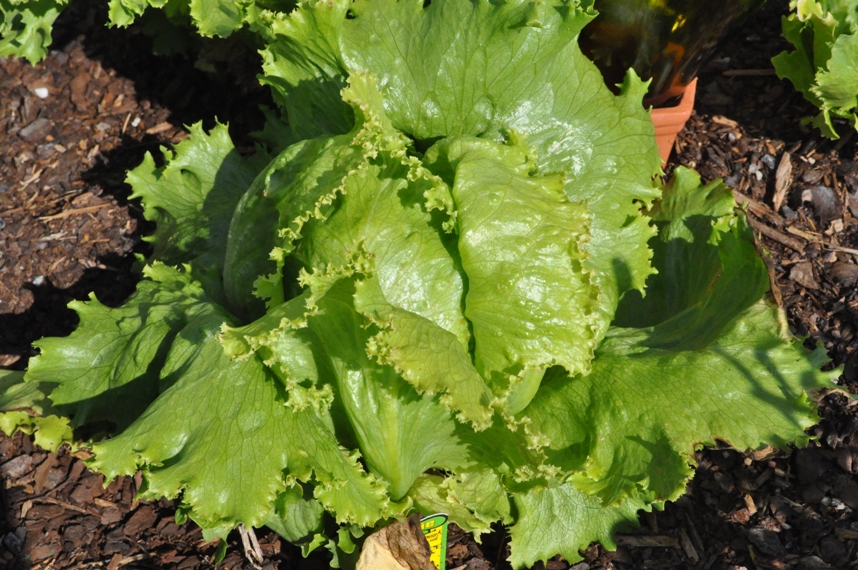
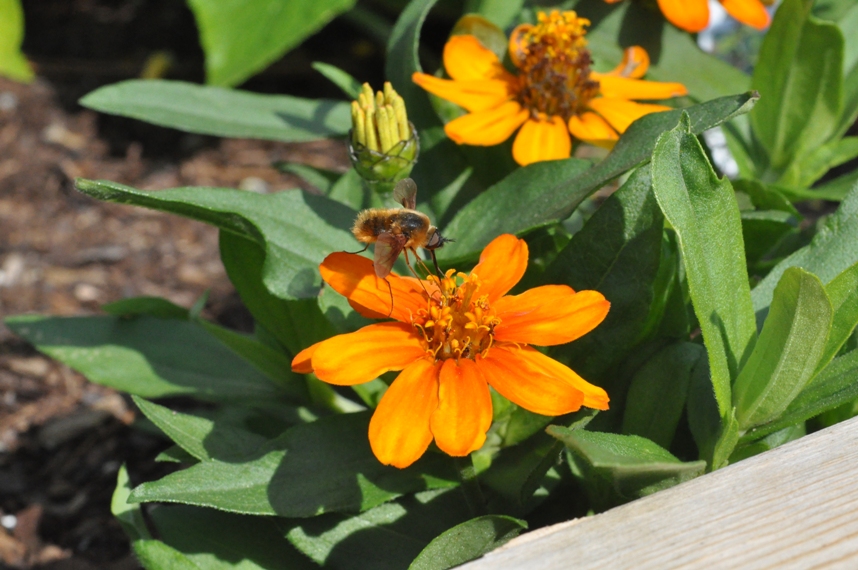
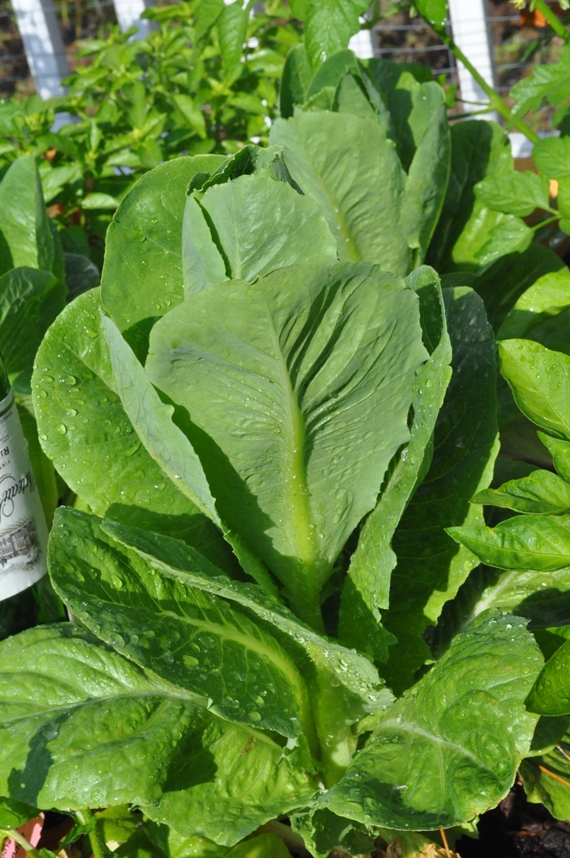
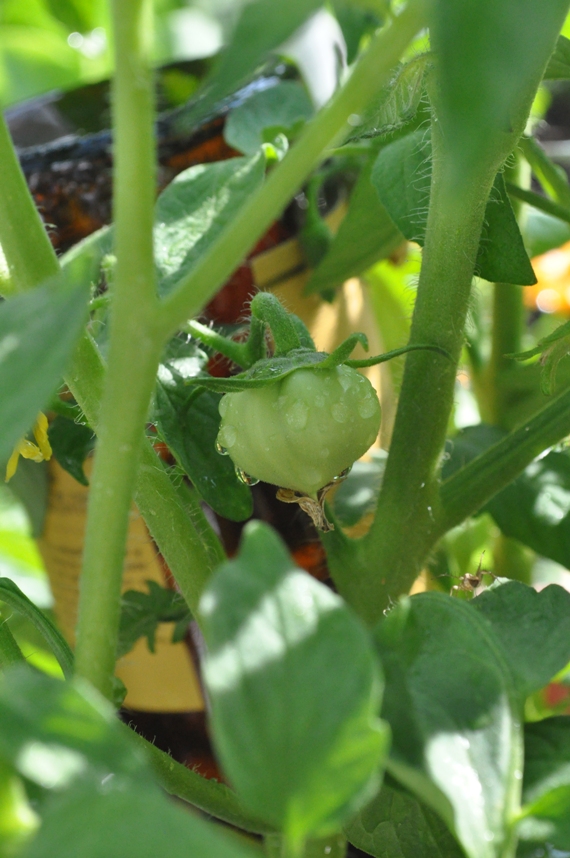
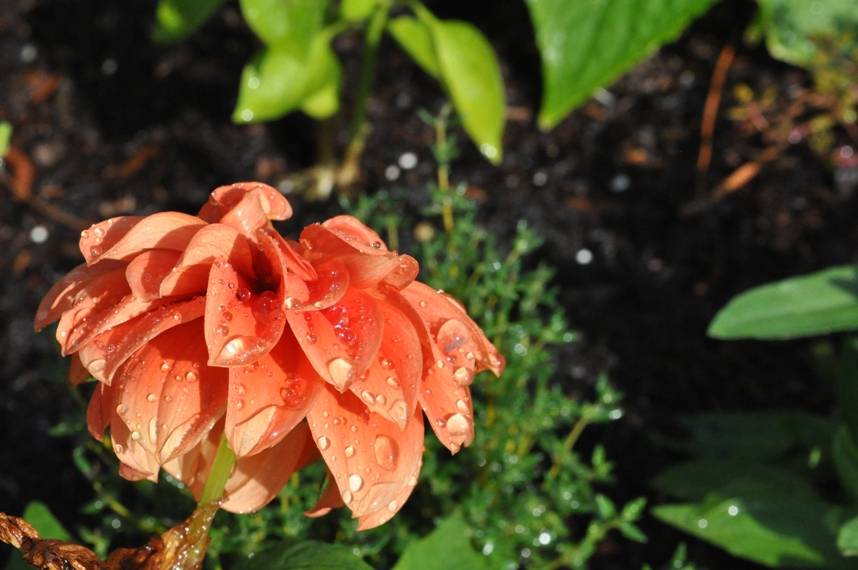
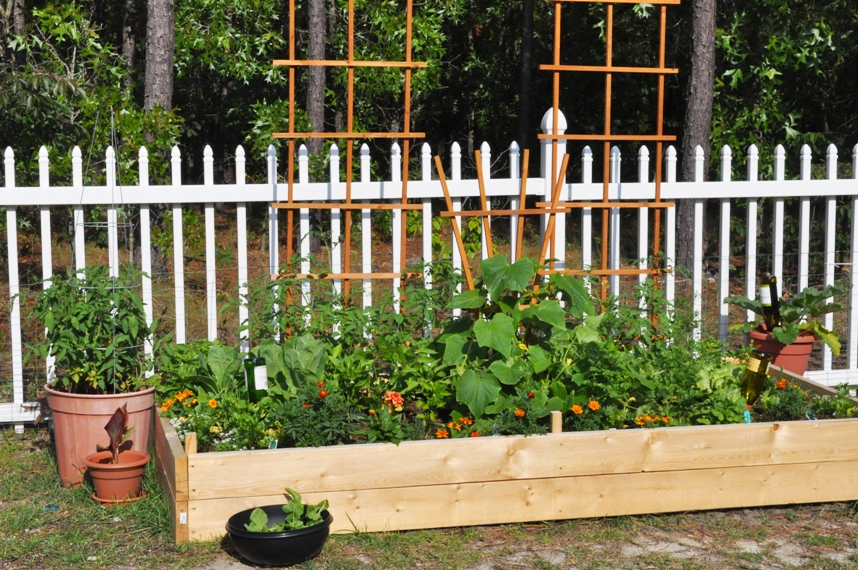
…to a crappy nest of termites.

Comments
I found your blog on gardenweb.com from when you posted on the forum about termites in your garden. I just found what appear to be termites in my garden today too, and I had to laugh when you said that after all the research on raised beds you had never seen any information on termites, that’s exactly how I feel too. Good luck to both of us :O)
Wow, how come no one told us about this?? I guess it’s up to us to spread the word. :) Unfortunately, I think they’re to blame for killing my bell pepper plants and my basil – all of those plants were basically copped off at the soil line. So I don’t care who says termites don’t like plants – I must have some vegetarian ‘mites. Most of the flowers have survived, as well as the cucumbers and grape tomatoes. Ah well, live and learn, right? :)
I also found your post on garden web. Also stressed beyond belief about recently discovered “nests” in pretty much all of my raised beds. Gosh…there’s gotta be millions and millions of them. Sigh.
But let me tell you this stuff “copped off at the soil line” is def. not consistent with termite damage. It sounds more like cutworm/grub, the round whitish things. I know I’ve lost some of my plants last year to them. Cutworm collars actually help against that. But most healthy gardens will have grubs in the spring, so that’s normal, unfortunately.
Now, what to do about termites…I hope more expert people respond to your GWF post or here. I’ll keep checking back. Good luck to all of us with termite woes!
Aw, thanks! Unfortunately, that was last year, and the bed still lays abandoned in the back yard, waiting for demolition. Three of the sides have been almost completely blown out from the termites. All I can figure is you need to use a more termite-resistant (and unfortunately more expensive) wood to build the beds.
I am going to do cinder blocks from here on out. Found a termite bed today, so sad. The nice thing I have found about cinder blocks is you an also plant in the holes of the cinder blocks,
http://www.google.com/imgres?q=cinder+block+raised+vegetable+garden&um=1&hl=en&safe=active&sa=N&biw=1680&bih=879&tbm=isch&tbnid=tcvUKGw7AEAMmM:&imgrefurl=http://forums2.gardenweb.com/forums/load/cornucop/msg0416480222824.html&docid=m1atOhLZZYJANM&imgurl=http://i922.photobucket.com/albums/ad65/Jonehughes3384/Untitled00000-013-2.jpg&w=1024&h=576&ei=TJZ0T8WYD4PM2gWh793WDg&zoom=1&iact=hc&vpx=519&vpy=476&dur=3642&hovh=168&hovw=300&tx=161&ty=127&sig=111067425798752450459&page=3&tbnh=115&tbnw=205&start=64&ndsp=35&ved=1t:429,r:23,s:64
Great idea! Thanks for sharing!!
[…] For example, remember that garden we planted last year? Well I might have hinted at one point that I thought it was infested with termites. […]
I live in Hawaii and have had a similar problem in the past. I really try to focus more on the health of the soil and not an individual problem in the soil. If gardening naturally and organically, the life in the soil will take care of itself, they keep a natural check and balance system. The abundance of termites is an abundance of food and will actually invite a natural predictor that will keep them in check. Keep adding mulch and compost! Don’t give up! Termites don’t like everything!
for more advice and tips visit: http://www.NoSprayHawaii.com or our facebook No Spray Clothing where we invite gardeners to share their information, advice and experiences so that everyone can benefit each other.
I also found this on gardenweb. I found termites in my garden today. My plants are doing great. I just want to know if they were termites that you found. I know 100% what I found was termites. Anyhow the reason I am writing is to suggest redwood. Termites don’t eat redwood. It is also 100% more resistant to moisture damage. Also nematode will eat most subterranean pests. They are great.
Thanks for the tips!! I never found out with 100% certainty whether they were termites, but that’s what I’m guessing. I will try your suggestions next time, for sure!
I made my raised beds with Western Cedar and I bought 50-50 top soil and vegitable compost mix from near by nursery and used it in my beds. After a month in the raised bed I see no growth in my transplanted vegetable plants at the same time they are not dead. They look like they went to a suspended mode, I have not seen any new leaves ever since I transplanted them. Yestarday I decided to remove them and plant some thing else in that place and guess what, I found TERMITES. Bunch of termites at the center of the plant root system, not sure if they are feeding on the roots, also not sure if the termites are the reason for the suspended growth of my plant, but they are present in almost all of my beds. In georgia termites are not a surprise that is why I built my 9 raised beds with cedar spending about $800. I am struggling to understand what they are feeding on. I believe they are feeding on the wood chips in the top soil but I dont understand why they are nested in the polant root system. Not sure what to do, I am kind of thinking leaving the beds dry for this season and then replace the soil with just a regular top soil ( with out wood chips, barks etc..)and compost for next year. Any advise please.
I wish I could help, but I never did figure out what the issue was! That was my very first half-baked attempt at a garden, and I’m ashamed to say I’ve never attempted it again since then. Like you said, too much money wasted! I am glad to see I’m not alone, though. On the Gardenweb.com forums, most people wrote this issue off like it was impossible, but since then I’ve seen a few with the same issue!
Kiran,
I had termites in my garden and the nematode’s that I mentioned in my April comment seemed to take care of them. I have not seen anymore. Nematode’s live subterranean like termites. They feed on them. Best place to get them is Arbico Organic’s. Also I would not give up so soon on the plants. I transplanted chile plants here in Arizona and it took about two to three months to bounce back. I fertilized after the first month with 10-10-10 fertilizer and they are great now. Just needed to get them past the shock.
Great tips, Jesus!
Jesus & Katie, Thanks for your comments.
Jesus,
To be honest I am little worried about using Nematodes as I am not sure of few things. Can they enter human bodies via vegetables? Can they enter human body through garden hands? ( I have a 3 year old and she constantly puts her hand in raised beds). Would they do harm to the other useful organisms such as earthworms and millipedes in my beds. On your other comment, yes I think I should have given my plants few more weeks before pulling them out. Try to be more patient next time.
Katie,
Sorry to read you never returned to the garden. We are on our first garden and it could not be going better. It was expensive but it pays off I hope in the next seasons to come. The ground work is laid. It is a 28′ X 10′ in ground. After hours and hours maybe weeks and weeks of reading I feel I have a handle on it. I have combatted termites, skeletonizer, squirrels, birds, aphids and the Arizona sun, all 100% organic solutions no pesticides.
Kiran,
NemaSeek or heterorhabditis bacteriophora are “beneficial nematode’s” that seek out sedentary pests such as grubs, root weevils, queen ants, and queen termites. They attach to the workers till the get to the nest and seek out the queen.
NeemaAttack or Steinernema carpocapsae also beneficial nematode’s that look for moving pests such as fleas, cutworms, fly larvae, and termites. They attack the pests in the field and enter the pest through orifices then consuming the pest.
They do not attack earthworms or people. They have a very specific target range. That is what makes them so great. I just googled them by there specific scientific name and found a paper on nematode’s.
http://www.biocontrol.entomology.cornell.edu/pathogens/nematodes.html
I also have a three and two year old who play on our soil and I have done enough reading (weeks) on the issue to believe they are safe.
Jesus,
Thanks a lot for the details on Nematodes. I now feel safe to use them in my beds. However I saw some thing interesting in my beds, I saw ants carrying termites. I am hoping once the termite population in my other beds goes beyond noticeable size hoping that they will catch unwanted attention from ants and other termite eaters and hope they will get wiped out. So I decided to wait for two more weeks before I take the Nematodes route. Once again thanks for your suggestions.
We have just discovered the same thing in our garden, we thought it was termites but after doing more research it turns out it’s cabbage maggots. They are attacking the roots. We’re going to try the NemaSeek. This is our winter garden and so far the only thing they’ve gotten is some of the collards.
We also have had a termite issue. They ate the roots of our banana, habañrero, and Serrano pepper plants. We knew the pepper plants in the front of the house were having an issue. We were unsure if it was a water/sun/fertilizing issue. When most of them were beyond saving we pulled up the stakes to re-purpose and found extensive damage to the wooden stakes that were buried in the ground. I was under the impression that termites only feed on already dead wood. Apparently not, considering the desolation of our pepper raised bed. I will do more research about termites prior to planting any further pepper plants in our front yard raised beds. Very disappointed as we had to harvest approximately 50 immature green habeñeros much earlier than planned due to the inevitable demise of the plant. :(
You may actually be seeing root aphids they look a lot like termites, ants transport them from one spot to another. Nematodes should get rid of them